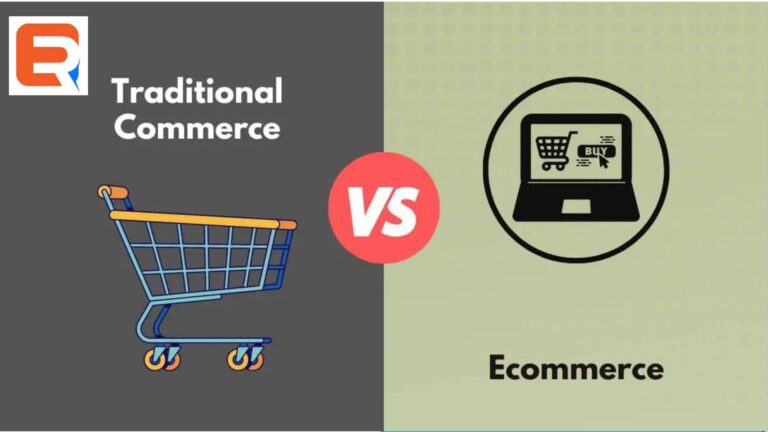E-business, enabled by the digital revolution, has transformed the way business is conducted. It brings a host of advantages and challenges that distinguish it from traditional business activities. In this article, we will delve into the key differences between e-business and traditional business activities. By understanding these distinctions, entrepreneurs and businesses can navigate the evolving landscape more effectively and make informed decisions regarding their approach to conducting business.
Scope and Reach
One of the fundamental differences between e-business and traditional business activities lies in their scope and reach. E-business transcends geographical boundaries and time zones, allowing businesses to operate on a global scale 24/7. Traditional businesses, on the other hand, are typically limited to a specific physical location and operating hours. The Internet facilitates the expansion of e-business beyond traditional constraints, providing access to a worldwide customer base.
Customer Interaction

E-business offers a different mode of customer interaction compared to traditional businesses. In e-business, customer engagement primarily occurs through digital channels such as websites, mobile apps, social media, and email. This provides opportunities for personalized marketing, real-time customer support, and data-driven insights. Traditional businesses, in contrast, rely on face-to-face interactions, phone calls, and physical stores for customer engagement. While traditional businesses may focus on building relationships through personal interactions, e-business relies on leveraging technology to deliver seamless and efficient customer experiences.
Operational Infrastructure
The operational infrastructure of e-business differs significantly from that of traditional businesses. E-business relies heavily on digital technologies, automation, and cloud computing for various functions such as inventory management, order processing, and customer relationship management. Traditional businesses often involve manual processes, physical inventory storage, and face-to-face transactions. The shift towards digital infrastructure in e-business allows for increased scalability, faster response times, and streamlined operations.
Marketing and Advertising

E-business opens up a plethora of marketing and advertising avenues compared to traditional businesses. Digital marketing techniques such as search engine optimization (SEO), pay-per-click (PPC) advertising, social media marketing, and content marketing enable precise targeting, broader reach, and real-time campaign tracking. Traditional businesses typically rely on traditional advertising methods such as print media, billboards, and television, which may have limited reach and offer less precise targeting.
Conclusion
The emergence of e-business has revolutionized the way business is conducted, offering distinct advantages and challenges compared to traditional business activities. E-business transcends geographical limitations, enables personalized customer interactions, relies on digital infrastructure, and opens up new marketing and advertising avenues. Understanding these differences is crucial for entrepreneurs and businesses looking to capitalize on the benefits of e-business and adapt their strategies accordingly. By embracing digital transformation and harnessing the power of technology, businesses can thrive in the dynamic landscape of the digital era.




